If you try your best to live by the ‘reduce, reuse, recycle’ philosophy, you’ve probably wondered about reusing envelopes. Maybe you’ve even received recycled mailing envelopes from a friend or family member and wondered how they turned their trash into correspondence treasure. If you’ve been wondering what to do with old envelopes, we’ve got just what you’re looking for.

Why Should You Reuse Envelopes?
Reusing envelopes isn’t just good for the environment, it can be good for your wallet, too. But how much of an impact does reusing envelopes make?
Let’s take a closer look at the true cost of envelopes.
From Raw Materials to Envelopes
Turning raw materials into envelopes requires specialized equipment and both renewable and non-renewable resources. By minimizing your need for new envelopes, you’re reducing waste that ends up in a landfill as well as minimizing the resources needed to produce them.
Where Are Envelopes Born?
When it comes to raw materials, your average envelope starts off as a tree. Or many trees, to be precise.
Of course, there are exceptions to every rule. Fancy and decorative envelopes like those used for wedding invitations are comprised of cotton, linen, or leaves rather than wood pulp. These feel softer to the touch, can be more durable over time, and offer delicate yet precise linen patterns.
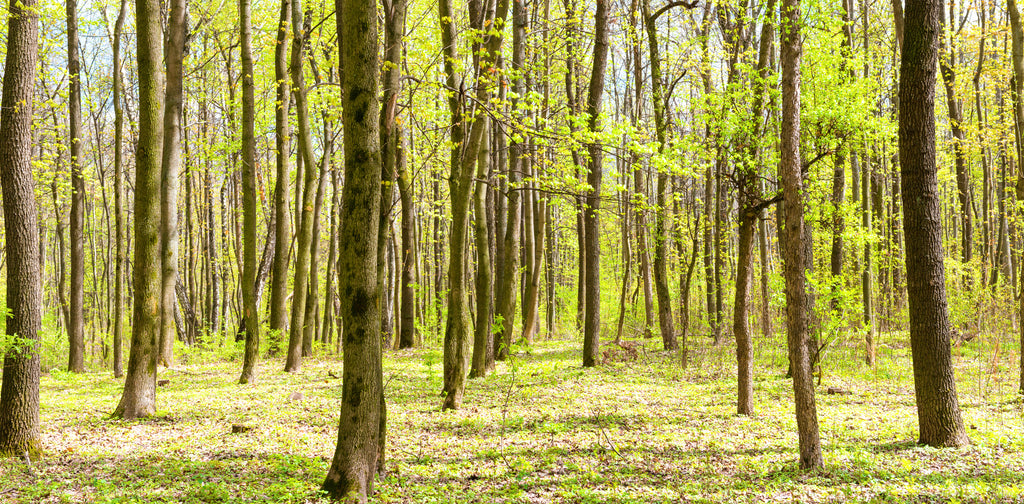
The Metamorphosis: From Trees to Envelopes
When the wood arrives at the mill, it is ground up and turned into wood pulp and wood chips. These wood chips are combined with a liquid alkaline mixture (sodium hydroxide and sodium sulfide) in a vat. This liquid is heated and put under intense pressure (116 pounds per square inch to be precise) for about two hours. The process digests the wood to create a slurry of water-wood syrup.
The liquid wood then goes through a bleaching process. Chemicals are added to the mixture to make the paper that will become bright and sparkling white envelopes. Eco-friendly envelopes skip the bleaching step, which makes them better for the environment (and explains why they’re brown).
Next in the paper-making process, envelope paper begins to fulfill its higher purpose, which differentiates it from typical paper. Fillers like clay, starch, rosin, and alum are added to the wood pulp to transform typical paper into the opaque, smooth, moisture-resistant paper used to keep your letters dry, secure, and intact during the mail process.
The paper is then spread very thin and the moisture is removed, resulting in long sheets of paper. These sheets are rolled and moved to an envelope processing facility.

Paper to Envelope Pouches (Don’t Forget the Glue!)
After envelope paper passes the quality check process, it’s ready to be cut, folded, and glued. Machines do the majority of this work.
A strong glue formula made from corn, wheat, potato, rice, or other plants is used to hold the flaps of the envelope in place. If necessary, gum Arabic made from the acacia tree or fermented sugar is applied to the flap.
The envelopes are then boxed and shipped. Eventually, you place your letter inside, seal this beautiful piece of practical origami, add a stamp and slide it in the mailbox.
What About Other Envelope Styles?
Eco-Friendly Envelopes and eco-friendly padded mailers are made with recycled newspapers. These can be popped right back into the recycle bin to start their journey again.
Manila or kraft paper envelopes are made from leaves from the manila tree.

Envelope Manufacturing Facts
As you probably noticed, a lot goes into the manufacturing of envelopes. From renewable to non-renewable resources and a lot of energy, each envelope you reuse reduces use of natural resources.
What impact does this process have on the Earth?
Let’s look at the stats:
How many trees does it take to produce envelopes?
- 40% of the world’s commercially grown timber goes into paper production.
- The paper-driver timber industry is responsible for endangering the natural habitats of various species.
- 30 million acres of forests are harvested each year.
- The chemicals used to bleach wood pulp and break down a tree’s connective tissue (lignin) flow out of paper plants as wastewater and mix with natural water sources and soil.
- It takes 17 treesto create one ton of paper.
How much fuel does it take to make paper envelopes?
- The paper industry is the 5th largest consumer of energy in the world.
- The paper industry uses 4% of the world’s energy.
- To make 1 ton of paper, the paper industry uses 250 gallons of fuel.
What other impacts do envelopes have on the environment?
- Envelope paper breaks down and emits methane once it reaches the landfill.
- Creating bubble wrap and padded envelopes involves even more fuel and raw materials than typical paper envelopes.
How to Recycle Envelopes with Windows
Envelopes that are gummed sealedor self-sealwith an adhesive can be recycled with your other paper products. The same is true for manila or catalog envelopes without a metal clasp. If your manila envelopes have a metal clasp, you can simply remove the metal pieces and recycle the paper part of the envelope.
Security envelopes with windowscan be recycled. The recycling process automatically handles the small bit of plastic on them. But if you want to ensure your envelopes won’t create additional waste, you can cut out or remove the plastic window before placing them in your recycling bin.
How You Can Help: Reusing Envelopes
From fun kids’ crafts using envelopesto reusing envelopes for holiday gifts, we have some suggestions for how you can slow the waste cycle.
How to Reuse Envelopes
When a bill arrives, it often comes with a return envelope tucked inside. If you’re like the majority of people, you probably pay your credit card and other bills online or use automatic payments. So, how can you make this free envelope useful instead of wasteful?
By flipping them inside out! Here’s how.
- Detach the glue that holds the envelope together. Use a tiny spritz of moisture and an iron to loosen up the glue if it seems a little stubborn.
- Fold the envelope in the opposite direction to create a clean slate where you can write the sender and return address. Need a refresher on what to write on your envelope? No problem. Here’s how to address an envelope.
- Lick the glued/gummed edge of the envelope and tuck it inside so the glue is facing outward. Then, stick your stamp on and send it with your outgoing mail!
- If you’re reusing an envelope that doesn’t have gum, use tape to seal the envelope or run a glue stick along the edge.
- If you want to add a layer of security to your recycled envelope, print this pdf and create your own security lining.
- For an extra tidy reusable envelope (or to unstick the flap of a new envelope), slightly moisten the outside of the flap edge and microwave the envelope for 5 seconds. The moisture will re-wet the edge and make it easier for you to lift off. You can also use an iron on the steam setting to achieve the same result but be careful not to burn yourself!
Skip a Few Steps: Reusing Envelopes, Fast
If you aren’t up for unpeeling your envelopes and turning them inside out, you can still reduce waste and reuse your envelopes by covering the original return address and shipping address with labels.
Here are a couple other ways to reuse your envelopes for mailing.
- Collage your envelopes with homemade labels made from wrapping paper, scrapbook paper, and magazines. Just make sure the edges are glued well.
- Use masking tape to cover the original addresses and write your new addresses with a black marker.
How to Recycle Bubble and Padded Mailers
Like regular envelopes, you can extend the life of a bubble mailer and recycle padded envelopes by flipping them inside out and taping them back together with shipping tape. Use a permanent marker and label to re-address them.
Sometimes we just have more old envelopes than we have letter and checks to send. If you’re looking for ways to recycle bubble wrap envelopes, we have some crafts and other eco-friendly ideas to keep the kids busy and the landfill a bit more envelope-free.
Practical Uses for Reusing Padded Envelopes
There are so many things to do with envelopes and ways to recycle padded envelopes and recycle bubble wrap envelopes. Luckily, many of them can make your life easier and more organized.
Storage Savers
- Use old bubble or padded envelopes to reshape your handbag or keep boots upright in storage or the closet. Roll them into the proper shape and stuff them into your bag or boots to keep them in pristine shape.
- Wrap your fragile holiday dishes or decorations with bubble wrap mailers before boxing them and storing them in the attic or closet.
Don’t Buy Bubble Wrap
- Save bubble mailers and padded envelopes for your next move. They’re ideal for keeping your glassware and dishes from breaking in transit.
- Save and recycle bubble wrap envelopes as shipping material.
Crafts with Bubble Wrap or Padded Envelopes
Almost any craft that requires bubble wrap can be mimicked with a bubble padded mailer. Here are some extra cute crafts you might want to check out. The spider is adorable!
Get Creative With (or Without) the Kids: Arts and Craft to Do with Envelopes
When it comes reusing envelopes, the possibilities are endless when you get creative. You can find almost unlimited activities when it comes to what to do with old envelopes.
- Add them to your kid’s craft box. They’ll find plenty of fun uses for them.
- Save money and enforce budgets by using recycled envelopes in your cash envelope system.
- Use colorful greeting card and invitation envelopes for scrapbooking.
- Shred envelopes and transform them into protective packaging for moving dishes or as filler for gift boxes and bags.
- Teach your kids about the postal system. Give them a lesson on mailing and return addresses and let them play Postal Service at Home. Label bedroom doors with addresses and create mailboxes. Have your kids label old envelopes and ‘deliver’ them.
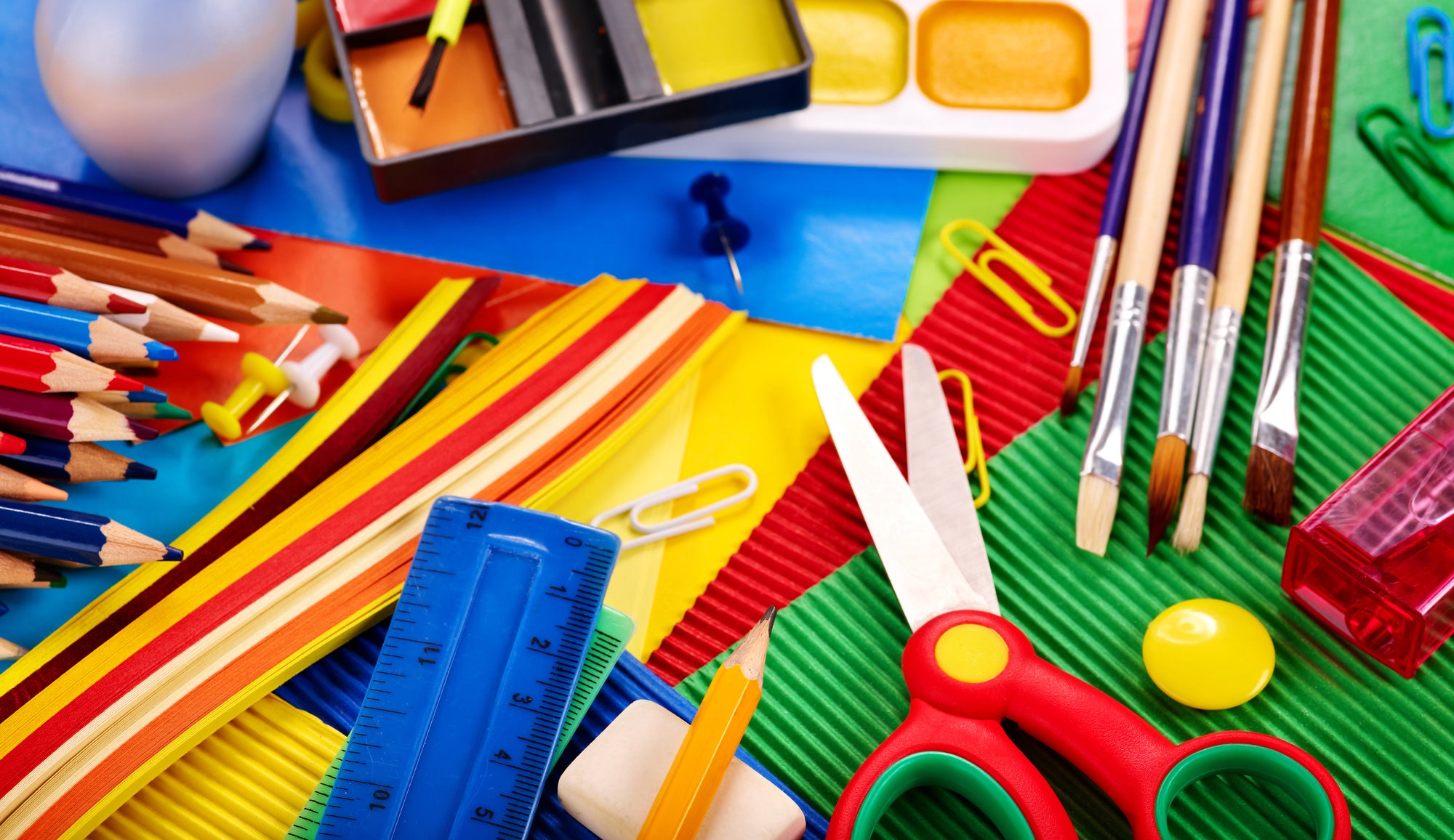
Can Padded Envelopes Be Recycled?
Recycling centers and municipal recycling agencies get the same two questions over and over again: “Can you recycle padded envelopes? and “Can you recycle bubble wrap envelopes? And they always run into the same issue: there is no answer that covers all padded mailers.
So, are bubble envelopes recyclable? You can recycle padded envelopes that are made from one material. In other words, all paper or all plastic padded envelopes can be recycled.
The key to recycling other padded envelopes is to separate the materials that cannot be recycled. Mixed material envelopes cannot be recycled as they are. They can also slow down the recycling process which leads to greater waste.
Try to reuse these as frequently as possible.
If you’re unsure, look at the label of your padded envelope for recycling or waste instructions and labels.
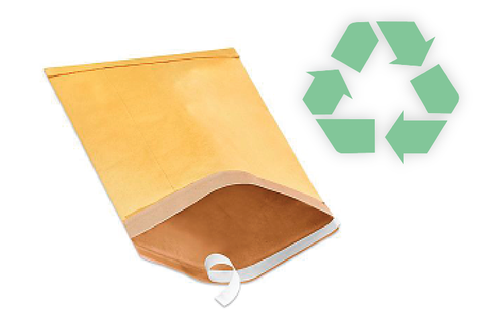
Final Thoughts on How and Why to Reuse Your Envelopes
Think outside the envelope when it comes to recycling and reusing those old, unused envelopes. Get crafty and compete with your neighbors for who can come up with the most original envelope mobile or shred those envelopes and place them in a small pot outside your door for fuzzy and feathered creatures to use for nesting materials.
When it comes to reducing waste, reuse your envelopes. Turn unproductive and pesky junk mail into free envelopes you can use, use, and use again.
While buying eco-friendly envelopes is a great beginning, recycled mailing envelopes will make a major impact when it comes to protecting our planet and environment. So, happy crafting, corresponding, and bursting those neat little bubbles on your bubble wrap envelopes.
 For more informative articles about office supplies, subscribe to our email newsletter!
For more informative articles about office supplies, subscribe to our email newsletter!
Never fear, you won't begin receiving daily sales emails that belong in a spam folder. Instead, we promise a fun weekly roundup of our latest blog posts and great finds from across the web. And if you lose interest, it's always easy to unsubscribe with a single click.
In the meantime, follow us on Twitter, Instagram, and Facebook, and reach out with any questions or comments. Larry always loves to hear from you!

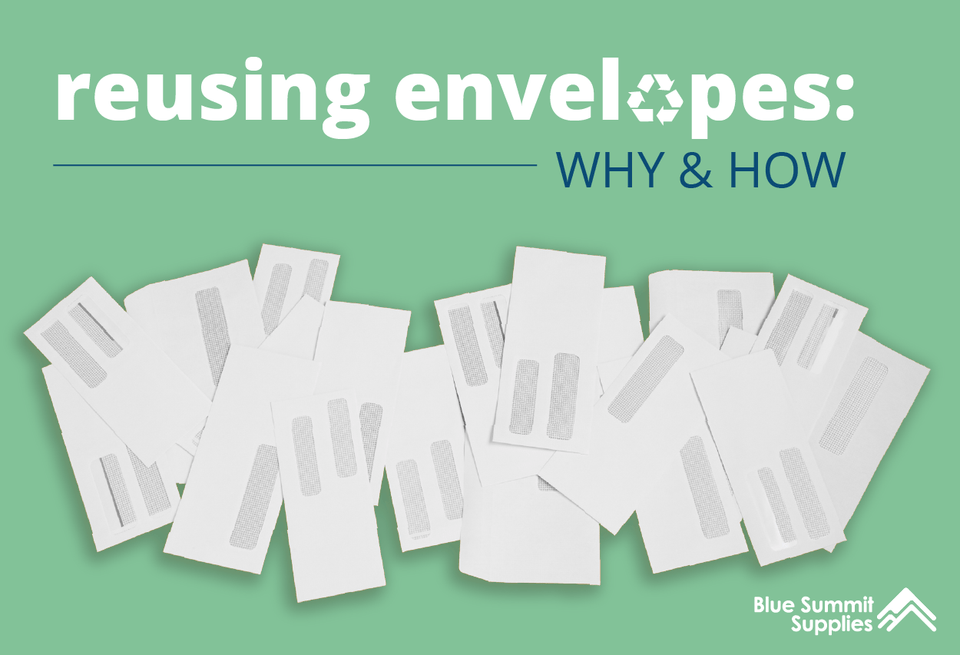

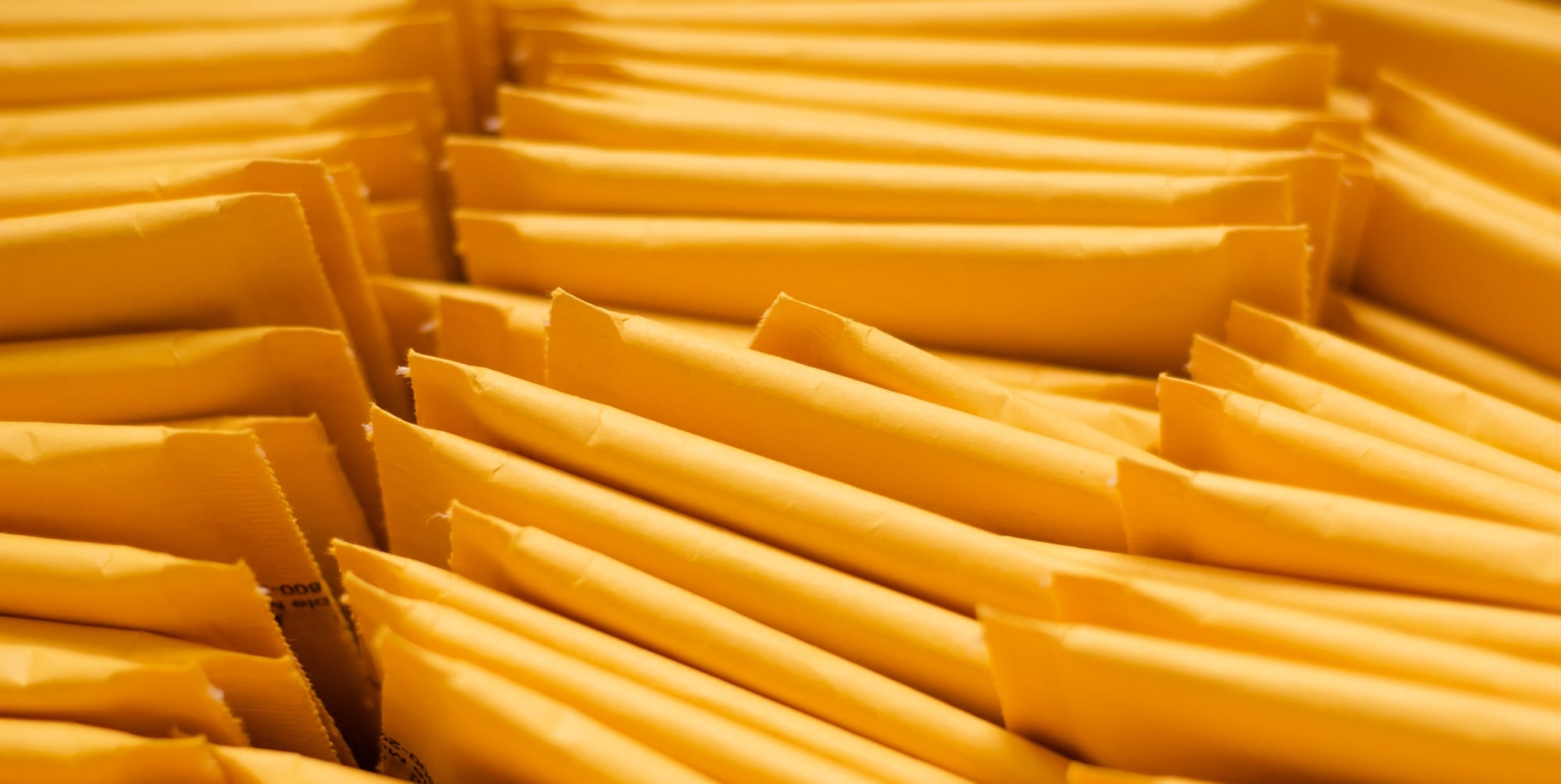

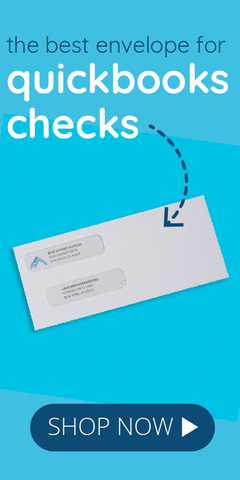
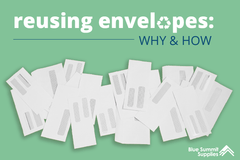
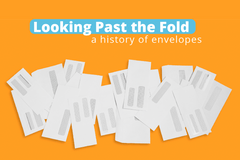
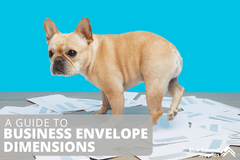
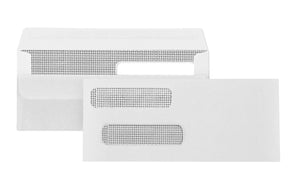
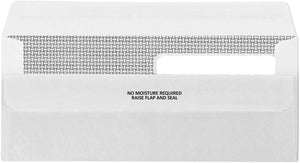
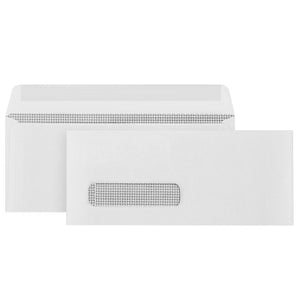
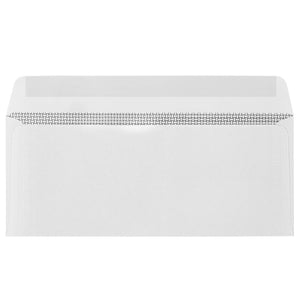
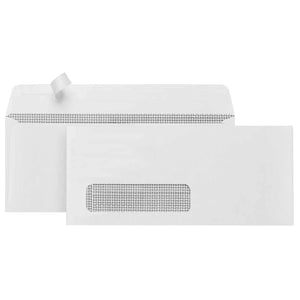
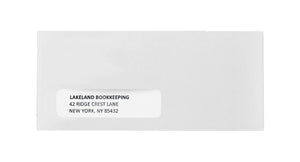
1 comment
Jenny Galveston
I know you can donate envelopes and bubble mailers on BoxGiver. Hope this helps!